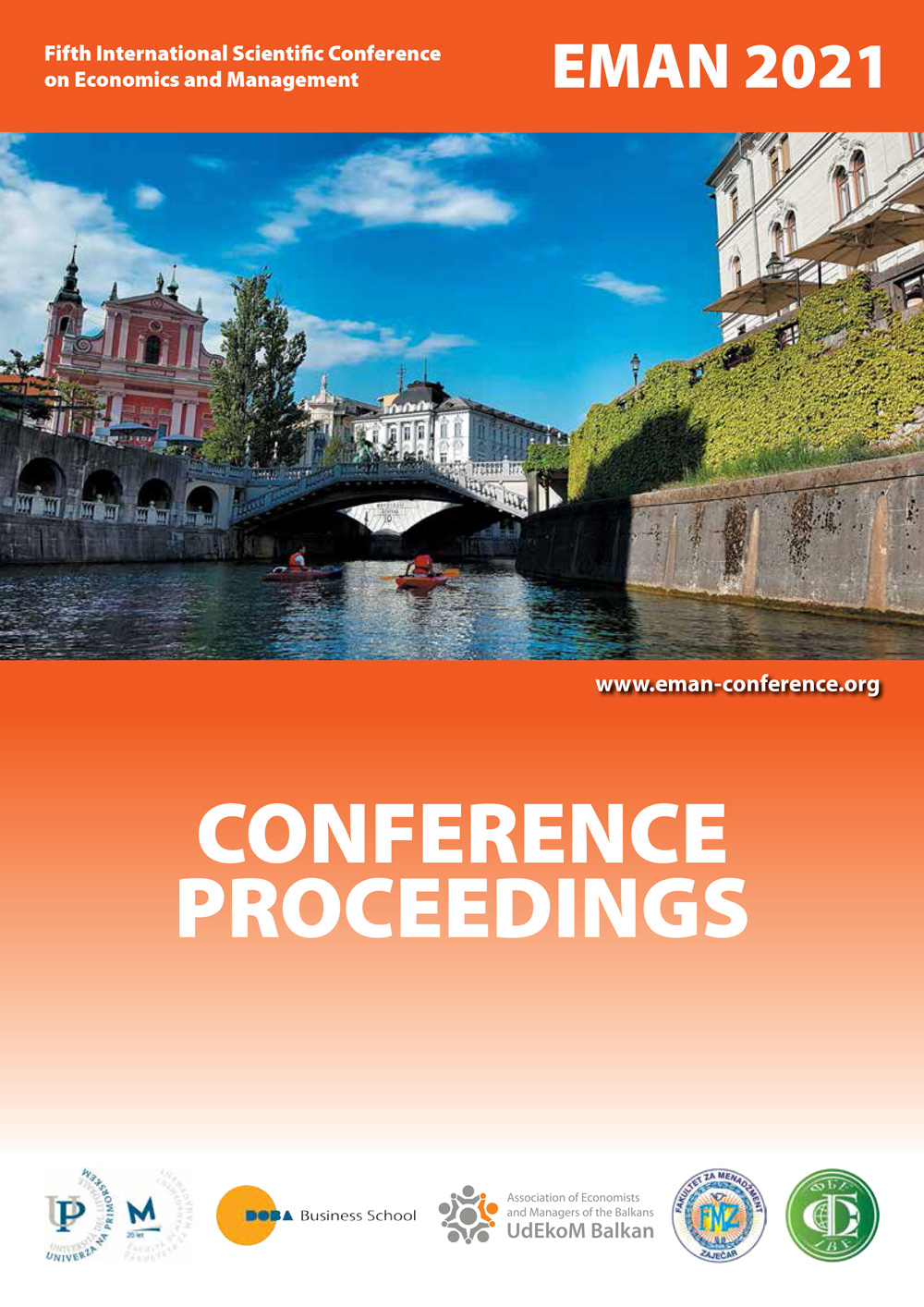MEMBERS AND CULTURE, AN INTERWOVEN DICHOTOMY IN ORGANIZATIONS
MEMBERS AND CULTURE, AN INTERWOVEN DICHOTOMY IN ORGANIZATIONS
Author(s): Federico de Andreis, Federico Leopardi
Subject(s): Social Sciences, Economy
Published by: Udruženje ekonomista i menadžera Balkana
Summary/Abstract: This thematic review discusses how Organizational Culture can develop and improve Human Resource Management strategies, procedures and tools to support and motivate new staff to meet organization, management and stakeholder expectations in a changing and competitive environment. Organizations are made by people; their value is created by the staff. Strategies involving human resources should have not only a supportive function, but definitely a central one. Organizational culture represents a phenomenon that manifests itself in the fundamental assumptions that guide an organization. It finds fulfilment in the behaviours, values and relationships that characterize the organization itself, both internally and with the external environment. In the modern organization culture represents a topical issue; it is considered an essential ingredient for the success of companies and organizations. It was in the 1980s that definitions of this concept, one of the most complex and articulated in organizational theory, were proposed as a coherent set of fundamental assumptions that a certain group has invented, discovered, or developed within an organization. This research aims to demonstrate how culture could influence the members of organization and, in the same way, that the latter influences culture. Particular attention will therefore be paid to the success of organizations that is also based on this fundamental cultural assumption. Organizational culture, in fact, has to be considered as a real phenomenon, cannot be taken out of context, but must always be related to the internal environment of the organization. The new human resources are in fact involved in the cultural process of the organization, which, even if not desired, develops anyway. For this reason, attention to new resources must include a continuous approach to organizational culture and the promotion and support of the one which is best suited to organizational objectives.
- Page Range: 325-333
- Page Count: 9
- Publication Year: 2021
- Language: English
- Content File-PDF

